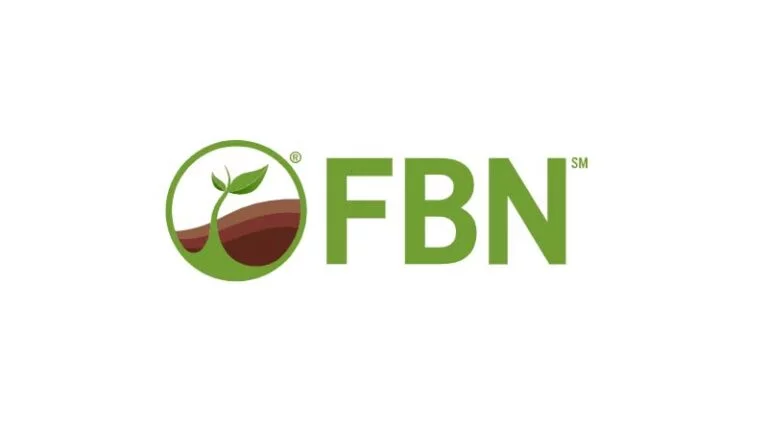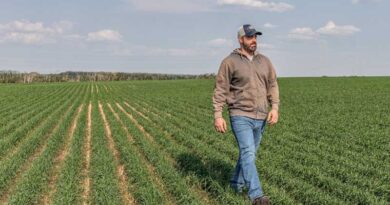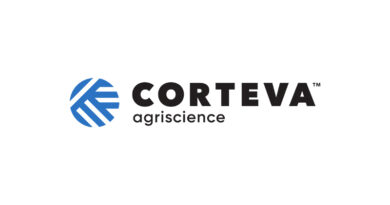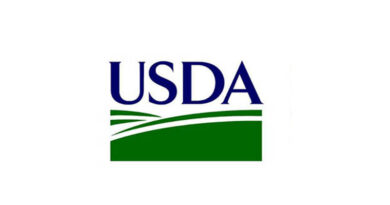How to Manage Kochia in Corn
25 December 2023, US: Kochia scoparia, or Kochia, is an invasive weed that poses a significant threat to corn crops. Its resilience, competitiveness, and resistance to herbicides make it a formidable foe for farmers.
The weed’s prolific seed production, with a single plant capable of producing up to 30,000 seeds, makes it challenging to control. Furthermore, Kochia’s developed resistance to several herbicides adds an extra layer of difficulty to its management.
Kochia can severely impact the growth and development of corn plants. By competing for essential resources, it reduces the availability of light, water, and nutrients for the crop, leading to stunted growth, reduced vigor, and ultimately, lower yields.
Kochia can also interfere with the physiological processes of corn. For example, it can limit the photosynthetic capacity of corn by shading the crop, which in turn limits the energy production of corn plants, affecting their growth and productivity.
Additionally, Kochia can host several pests and diseases that can harm corn, including insects such as aphids and diseases like root rot and stalk rot.
This post will outline:
- How to identify Kochia
- Geographic impact of Kochia
- Timing of Kochia
- How to manage Kochia in corn
How to Identify Kochia
A distinctive feature of Kochia is its unique flower structure. The small, green, inconspicuous flowers are produced in the axils of the leaves. As the plant matures, it produces a large number of seeds enclosed in a small, hard fruit.
The leaves of Kochia are small, narrow, and alternate along the stem. They are green and slightly hairy. The erect, highly branched stems turn red as the plant matures.
Kochia plants, characterized by their bushy appearance, can reach up to 7 feet in height.
Geographic Impact of Kochia
Kochia, a summer annual weed, is commonly found in the Great Plains and western regions of North America. Its adaptability allows it to thrive in various climates and soil types.
Timing of Kochia
Kochia typically emerges in early spring, often before corn planting, and continues to germinate throughout the growing season. This early and sustained germination enables Kochia to establish a robust presence in the field, competing with corn for essential resources such as light, water, and nutrients.
How to Manage Kochia in Corn
Given Kochia’s significant threat to corn crops, farmers must be proactive in identifying and managing this weed to protect their yields and the health of their crops.
Two products recommended for managing Kochia in corn are Willowood Paraquat 3SL and Willowood Sulfen 4SC. Both products are labeled for use with corn and are effective in controlling Kochia.
The typical application rate for Willowood Paraquat 3SL is 2 U.S. liquid pints per acre, with a range of 1.3-2.7 U.S. liquid pints per acre.
For Willowood Sulfen 4SC, the typical application rate is 8 ounces per acre, with a range of 4.5-12 ounces per acre. This product does not require a restricted use pesticide (RUP) certification.
These rates are general recommendations. Always read and follow the specific instructions on the product label for accurate application rates and guidelines.
Crop Protection from FBN®
Proactively scouting for and responding to fungal presence in your fields will help reduce potential crop damage and improve yield. FBN has a wide variety of effective herbicides to help address agronomic pressures and keep your operation on track.
With transparent pricing, straightforward online ordering, detailed product labels and fast direct-to-farm delivery, FBN can help you get the products you need to protect your crops.
Also Read: Garuda Aerospace Donates 1 crores worth of Free Kisan Drones
(For Latest Agriculture News & Updates, follow Krishak Jagat on Google News)















